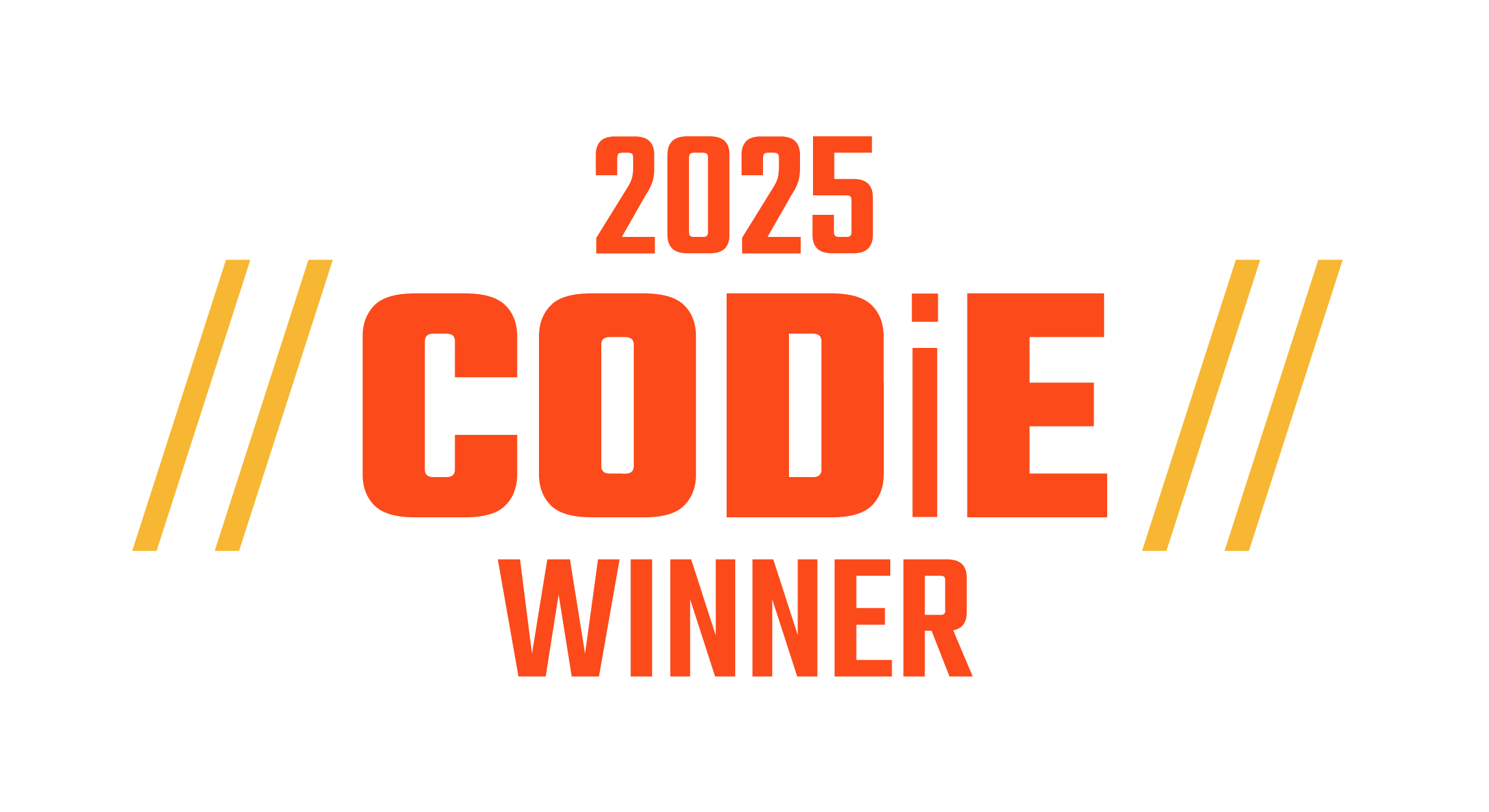The Next Generation Science Standards (NGSS) have revolutionized science education, fundamentally altering how we approach science in classrooms across the United States. This paradigm shift empowers students not merely as passive recipients of scientific knowledge but as active participants, engaging in scientific practices, exploring the intricacies of real-world phenomena, and cultivating a profound comprehension of their world and beyond. But how exactly does this paradigm shift happen, and what does it have to do with three-dimensional learning?
What Is Three-Dimensional Learning?
Three-dimensional learning is much more than the latest buzzword in education; it’s a transformative force that makes implementing the NGSS possible. Picture NGSS as the roadmap leading to improved science education, and envision three-dimensional learning as the dynamic vehicle navigating the journey. If NGSS provides the route, three-dimensional learning becomes the seamless means to traverse it successfully. Keep reading to delve into each dimension of science learning embedded in the NGSS, and explore how three-dimensional learning looks in action.

Decoding The Dimensions: DCIs, SEPs, and CCCs
Each performance expectation (learning standard) in the NGSS encompasses three foundational focus areas: Disciplinary Core Ideas (DCIs), Science and Engineering Practices (SEPs), and Crosscutting Concepts (CCCs). Used together, this powerhouse trio represents each “dimension” of three-dimensional learning. It’s like a secret recipe, except it’s not so secret. Let’s explore each flavor.
Disciplinary Core Ideas (DCIs): The “What” of Science
DCIs represent the content knowledge that students should walk away with after a unit or course, or what they should know. DCIs cover the four main disciplines of science and engineering:
- Life Science
- Physical Science
- Earth and Space Science
- Engineering
DCIs are intentionally sequenced to build deeper understanding in each discipline. In traditional science education, instruction sometimes felt like a series of random topics—photosynthesis here, Newton's laws there. Now students explore the interconnectedness of these ideas, understanding how photosynthesis fuels ecosystems and why Newton's laws play a role in everything from a rolling ball to orbiting planets.
In order to successfully teach DCIs, instruction must be shifted to a discovery-based approach. This means that students explore a topic before any information from the teacher is given. They use the other two dimensions of three-dimensional learning to make sense of a puzzling phenomena presented by the teacher that relates to a DCI(s).
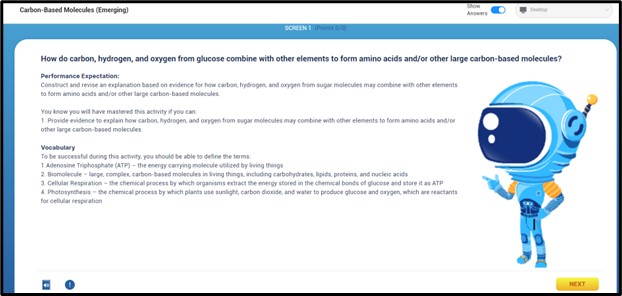
Science and Engineering Practices (SEPs): The “How” of Science
SEPs are designed to be the practices that students use to uncover DCIs––think of SEPs as the tools in the toolkit for aspiring scientists and engineers. NGSS recognizes that science and engineering are dynamic processes. NGSS identifies eight crucial skills scientists and engineers use to contribute to their fields:
- Asking questions (science) and defining problems (engineering)
- Developing and using models
- Planning and carrying out investigations
- Analyzing and interpreting data
- Using mathematics and computational thinking
- Constructing explanations (science) and designing solutions (engineering)
- Engaging in argument from evidence
- Obtaining, evaluating, and communicating information
In the classroom, this means students don't just recite the steps of an experiment; they design it. They don't just read about data analysis; they dive into it, construct explanations, and engage in lively scientific debates. It's not about memorizing; it's about doing, and that's the game-changer of three-dimensional learning.
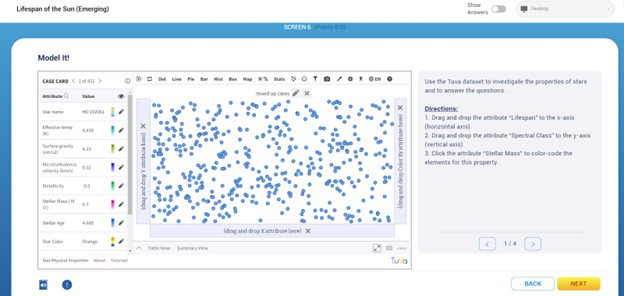
Crosscutting Concepts (CCCs): Connecting the Dots
The final dimension of learning, Crosscutting Concepts (CCCs), are the glue that binds scientific disciplines. These seven concepts help students uncover connections between the four disciplines in science, and create a common vocabulary for students:
- Patterns
- Cause and effect
- Scale, proportion, and quantity
- Systems and system models
- Energy and matter
- Structure and function
- Stability and change
CCCs aren't confined to specific scientific disciplines; rather, they're the universal principles that bridge the gaps between disciplines. NGSS breaks down the silos of isolated lessons and encourages students to see how energy and matter, for example, play a role in life science, physical science, Earth science, and engineering. In three-dimensional learning, it's not just about learning concepts; it's about understanding the interconnected dance of science.
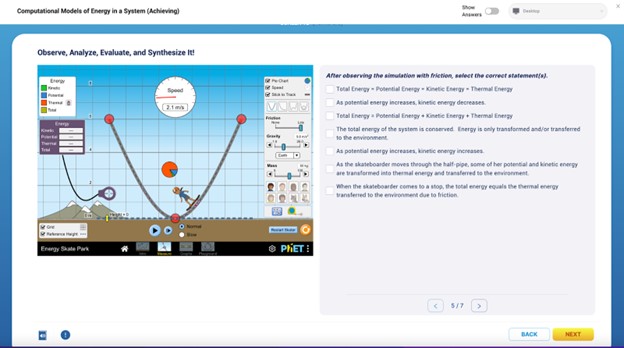
Three-Dimensional Learning in Action
Picture this: students exploring real-world phenomena, asking questions, and crafting solutions. It's not about textbooks and lectures; it's about students getting minds-on and figuring out scientific mysteries for themselves. By engaging in three-dimensional learning, educators aren't merely imparting science knowledge; they're equipping young minds with essential life skills that are the keys to unlocking bright, promising futures.
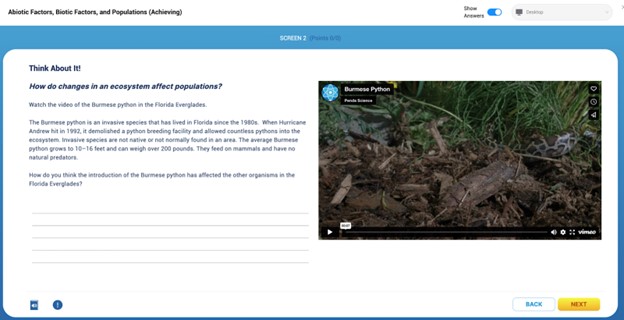
Whether you're a teacher leading the scientific charge or a district leader shaping the future of science education, embrace three-dimensional learning’s transformative potential. And if you're navigating the challenges of implementing NGSS, consider Penda Learning, your partner in this reimagining of science teaching and learning. With activities hand-crafted to every NGSS performance expectation for grades 3 through high school, Penda helps smooth the transition to three-dimensional learning.
It’s time to break free from the old and usher in a new kind of science education that's dynamic, interconnected, and––especially with the support of Penda––downright exciting. The future of science education is here, and it's three-dimensional. Let’s get to it!

